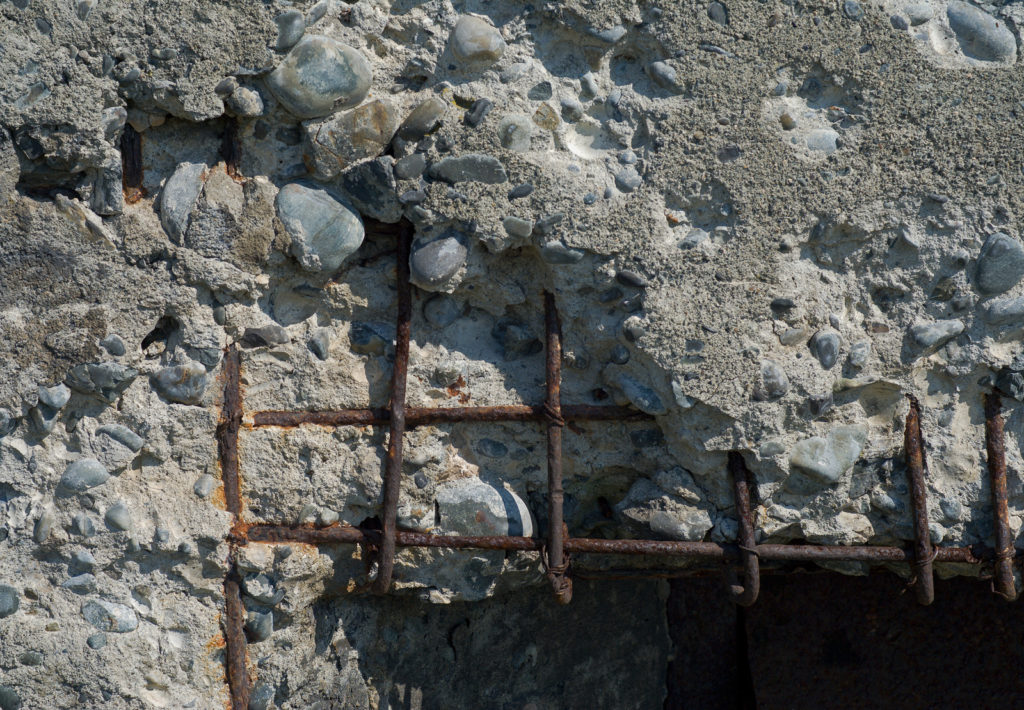Concrete is the most used material in construction around the world, predominantly because of how durable it is. However, over time, it can deteriorate for numerous reasons, leaving buildings with structural problems and aesthetic issues that will need to be addressed.
One of the biggest reasons you may see deterioration in concrete is the corrosion of embedded metals in the material, such as reinforcing steel. When this corrodes, the rust that appears eventually puts so much tensile stress in the concrete that it leads to delamination, cracking and spalling.
Concrete will also crack, scale and crumble over time because of freeze-thaw cycles throughout the year. When water freezes in concrete, pressure is then put on the material and if this exceeds its tensile strength, damage can be done.
Certain chemicals can also have an effect on concrete, such as sulfuric acid (the result of fuel combustion, with sulfurous gases combining with moisture). Sewage can also be converted into sulfuric acid by some bacteria, as can industrial waste.
To help prevent acid from attacking concrete, a surface protective treatment can be applied to improve the material’s chemical resistance.
Abrasion is something else to be aware of where concrete structures are concerned. This is damage that is caused by friction and rubbing, with the outer shell of the concrete wearing away to reveal the aggregate inside. Abrasion is most commonly seen on traffic surfaces and in the likes of tunnels, spillways and dams.
The design of structures is an important consideration, as well – and you need to make sure that your buildings are strong enough to support their intended loads. Overloading can result in damage to concrete structures.
For help with concrete restoration and repair, get in touch with us today.

